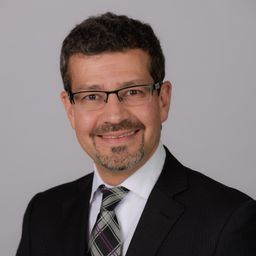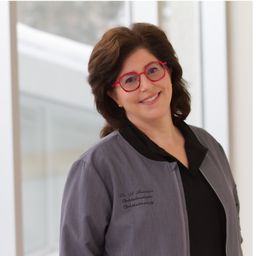la Société canadienne d'orthoptique (LSCO) - Séance Scientifique
Mon statut pour la session
À la fin de cette séance, les participants seront en mesure de faire ce qui suit:
- Élargir les connaissances cliniques : Acquérir une compréhension des plus récentes recherches, avancées et techniques en orthoptique et en soins ophtalmologiques pédiatriques.
- Interpréter les données scientifiques : Perfectionner sa capacité à évaluer de façon critique les écrits scientifiques et les études cliniques afin d’améliorer la pratique fondée sur des données probantes.
- Promouvoir l’apprentissage permanent : Renforcer l’engagement envers la formation continue afin d’améliorer les résultats pour les patients.
CanMEDS: Expert médical, Promoteur de la santé
Public cible : Cette séance est ouverte aux orthoptistes, aux ophtalmologues, aux boursiers et résidents en ophtalmologie, aux étudiants en médecine et aux autres professionnels paramédicaux.
L'admission à cette session est incluse dans les frais d'inscription complets.
Sous sessions
Brief AbstractIn 1989, Dr. Pratt-Johnson reported on sensory outcomes of 4 patients who had unilateral congenital cataract. In these cases, surgery was performed from 2.5 to 7 months of age, and at that time, surgical technique was by needling and aspiration or with an ocutome, eyes were fitted with a rigid contact lens, and patching of the fellow eye 80-90% of waking hours was initiated. In these 4 patients with good compliance to treatment, fusion and ste...
Brief AbstractThe incidence of acquired esotropia associated with moderate myopia is increasing, yet research on its clinical profile and pathophysiology remains limited. To better understand its characteristics and management, a literature review identified six relevant studies encompassing 304 patients. The mean age of esotropia onset across studies was 37.52 years. Distance and near deviations were comparable, though symptoms were more frequently reported at a dista...
Brief AbstractStereopsis is a binocular phenomenon that gives rise to high-level depth perception. In simulated intraocular surgeries subjects with normal stereopsis tend to perform simulated surgery with better accuracy and efficiency than subjects with reduced or absent stereopsis. There is little known about the role of stereopsis in strabismus surgery. The study presented used a novel virtual reality ...
Brief AbstractThis paper will focus on the use of optical treatment to improve control of intermittent exotropia and the effects this treatment method has on refractive error. Minus lens therapy is a non-invasive treatment for young children in which control of intermittent exotropia is improved by inducing accommodative convergence. Studies have found a significant decrease in the angle of distance exotropia with this treatment method. Improved stereoacuity and decrea...
Please note: Break will be available in Exhibit Hall B.
Please note: Lunch will be available in Exhibit Hall B.
Brief AbstractThe profession of orthoptist has existed for approximately 100 years. Mary Maddox, credited as the first orthoptist, commenced orthoptic practice in London in the early 1920s. In 1928 the first hospital based orthoptic clinic opened in the Royal Westminster Hospital in London. Since its beginning, the profession has undergone some significant evolutionary changes. Along the way many early orthoptic treatment practices have been abandoned and forgotten. He...
Please note: Break will be available in Exhibit Hall B.
Brief AbstractBackground: Orthoptists play a critical role diagnosing and managing vision disorders such as amblyopia, strabismus, and diplopia, which are common in Canada. While there is a lack of prevalence data nationally, Newfoundland and Labrador reported amblyopia prevalence at 4.7% while strabismus was 4.3% (Drover et al., 2008). In Northern Canada, 5.9% of Nunavik Inuit patients were at risk for refractive amblyopia (Tousignant et al....
Brief Abstract Background and Purpose: The most common surgery performed in pediatric ophthalmology practice is the correction of strabismus, a misalignment of the eyes that can occur at any age. Many pediatric ophthalmologists also specialize in adult strabismus surgery. Adult strabismus is commonly the result of childhood-onset forms of strabismus that can reappear over time. When a patient is diagnosed with strabismus, information about the condition, inc...
Brief AbstractBackground and Purpose: Stereoacuity testing is a sensitive indicator of binocular function and is often abnormal in ocular conditions such as strabismus, amblyopia and suppression. It can be valuable in young children, as cooperation and reliability of monocular vision testing often declines during examination. Historic work identified a correlation between stereoacuity and visual acuity in a small cohort of healthy adults. This work is often referenced ...
Brief AbstractTo the best of our knowledge, at the time of the study, no research had compared binocular eye movements during reading and visual search in dyslexic children. In this study, we examined ocular motor characteristics in dyslexic children compared to two groups of non-dyslexic children, one group matched by chronological age and the other by reading age. Binocular eye movements were recorded using an infrared system (mobileEBTH, ...



